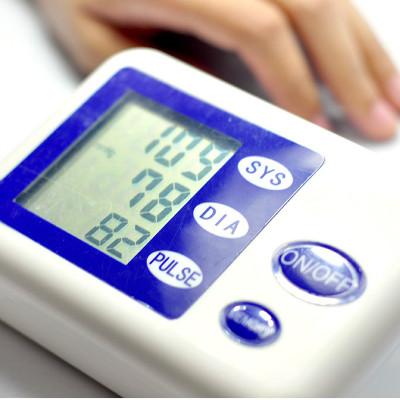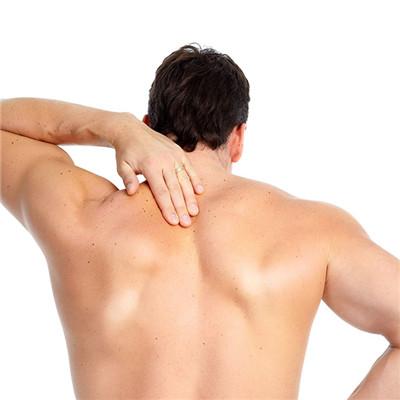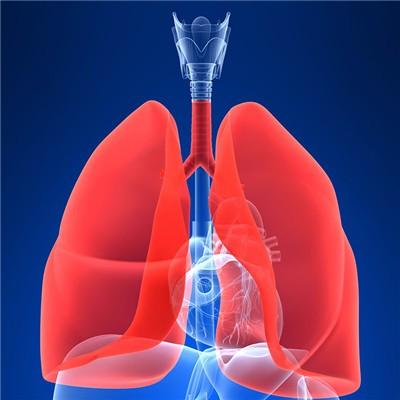Symptoms of motor neuron disease?
summary
Motor neuron disease (MND) is a group of chronic progressive neurodegenerative diseases with unknown etiology and selective invasion of spinal cord anterior horn cells, brainstem motor neurons, cortical pyramidal cells and pyramidal tract. The incidence rate is about 1 to 3/10 million per year, and the prevalence rate is 4 to 8/10 million per year. Because most patients die within 3~5 years after the onset of symptoms, the prevalence of this disease is close to the incidence rate. The etiology of MND is still unclear. It is generally believed that with the increase of age, it is caused by the exposure of genetically susceptible individuals to adverse environment, that is, genetic factors and environmental factors jointly lead to the occurrence of motor neuron disease. Symptoms of motor neuron disease? Let's talk about it
Symptoms of motor neuron disease?
The average age of sporadic patients was 56 years old, and the average age of patients with positive family history was 46 years old. The average course of the disease was 3-5 years, but the course of the disease was different in different subtypes. Generally speaking, patients younger than 55 years old have a longer survival time. In addition, the course of disease in patients with familial ALS is different from that in sporadic patients, and is associated with specific gene mutations. However, no matter what type of ALS patients, most of them eventually died of respiratory failure.

The main clinical manifestations of ALS were upper and lower motor nervous system involvement, including muscle weakness, muscle atrophy, fascicular tremor and myotonia, tendon hyperreflexia, and positive pathological signs. Generally, there was no abnormal sensation and dysuria. Muscle weakness, muscle atrophy and fascicular tremor were the manifestations of lower motor nervous system involvement; The main manifestations of upper motor nervous system involvement were hypertonia, tendon hyperreflexia and positive pathological signs. For the need of diagnosis, the skeletal muscle of the whole body is usually divided into four segments from top to bottom according to the location: bulbar segment, cervical segment, thoracic segment and lumbosacral segment, and the evidence of upper and lower motor neuron damage in the above four parts is searched in turn.

For different patients, the first symptoms can have a variety of manifestations. Most of the patients with asymmetric local limb weakness onset, such as walking stiff, dragging, easy to fall, finger activity (such as holding chopsticks, opening the door, buckle) is not flexible. It can also cause bulbar symptoms such as dysphagia and dysarthria. A small number of patients with respiratory symptoms. With the progress of the disease, muscle atrophy, "muscle jump" feeling (i.e. muscle bundle tremor) and cramps gradually appeared, and extended to other muscles of the whole body. In the late stage of the disease, in addition to eye movement, all motor systems of the whole body were involved, involving respiratory muscles, dyspnea, respiratory failure and so on. Most patients eventually die of respiratory failure or other complications. Because the disease mainly involves the motor nervous system, so the course of the disease is generally without sensory abnormalities and dysuria. Statistics show that the onset site of weakness is more common, a few patients with dysphagia, dysarthria onset. Different subtypes of the disease have different onset sites, disease duration and disease progression speed.

matters needing attention
1. Oral administration of vitamin E and vitamin B. 2. Coenzyme intramuscular injection and citicoline intramuscular injection can be used intermittently. 3. For muscle spasm, diazepam can be taken orally and Chlorphenamine butyric acid can be taken in batches. 4. Some drugs that can be used to treat this disease, such as thyrotropin releasing hormone, interferon, lecithin, testosterone, cysteine, immunosuppressant and plasma exchange therapy, etc., but it is difficult to evaluate whether their efficacy is reliable.












